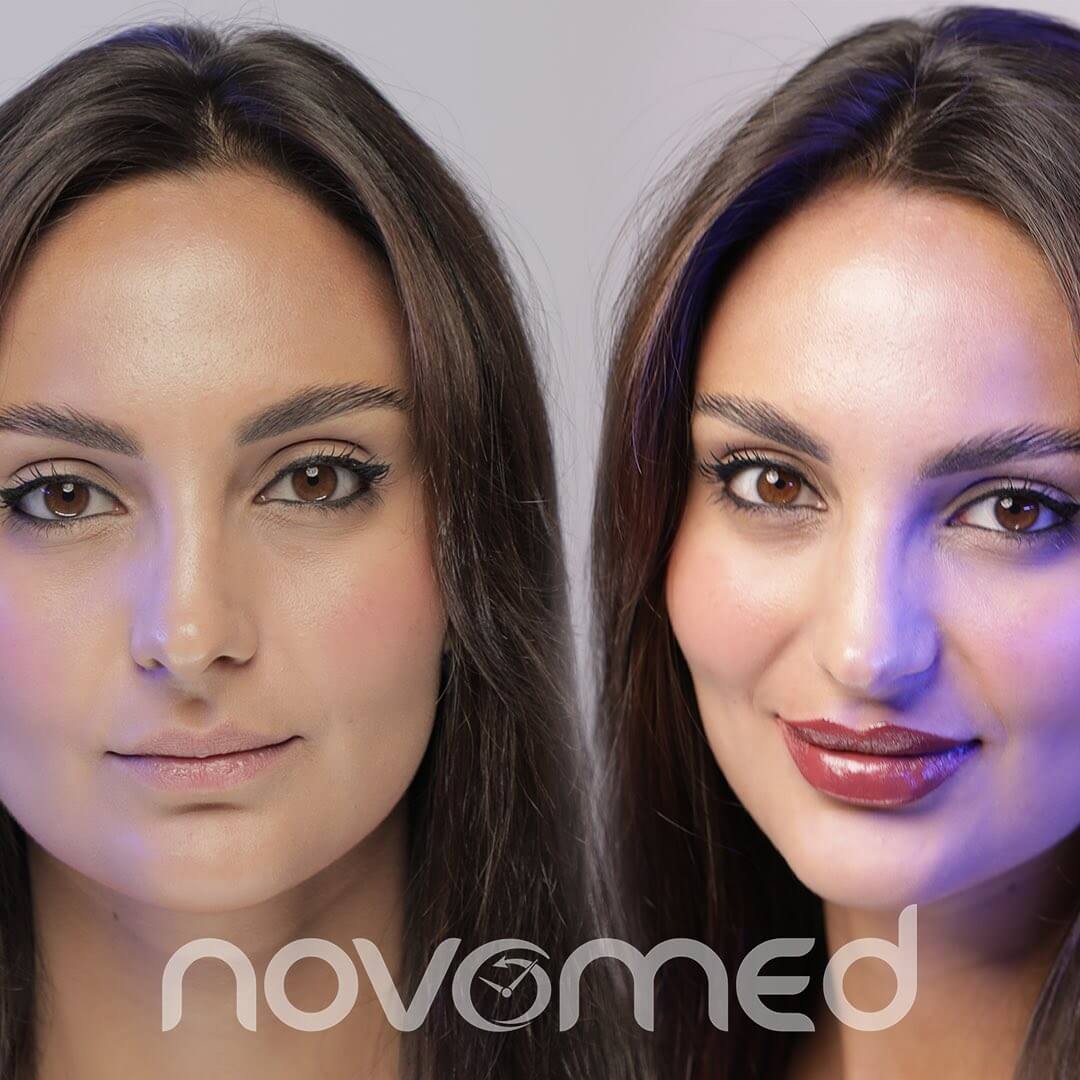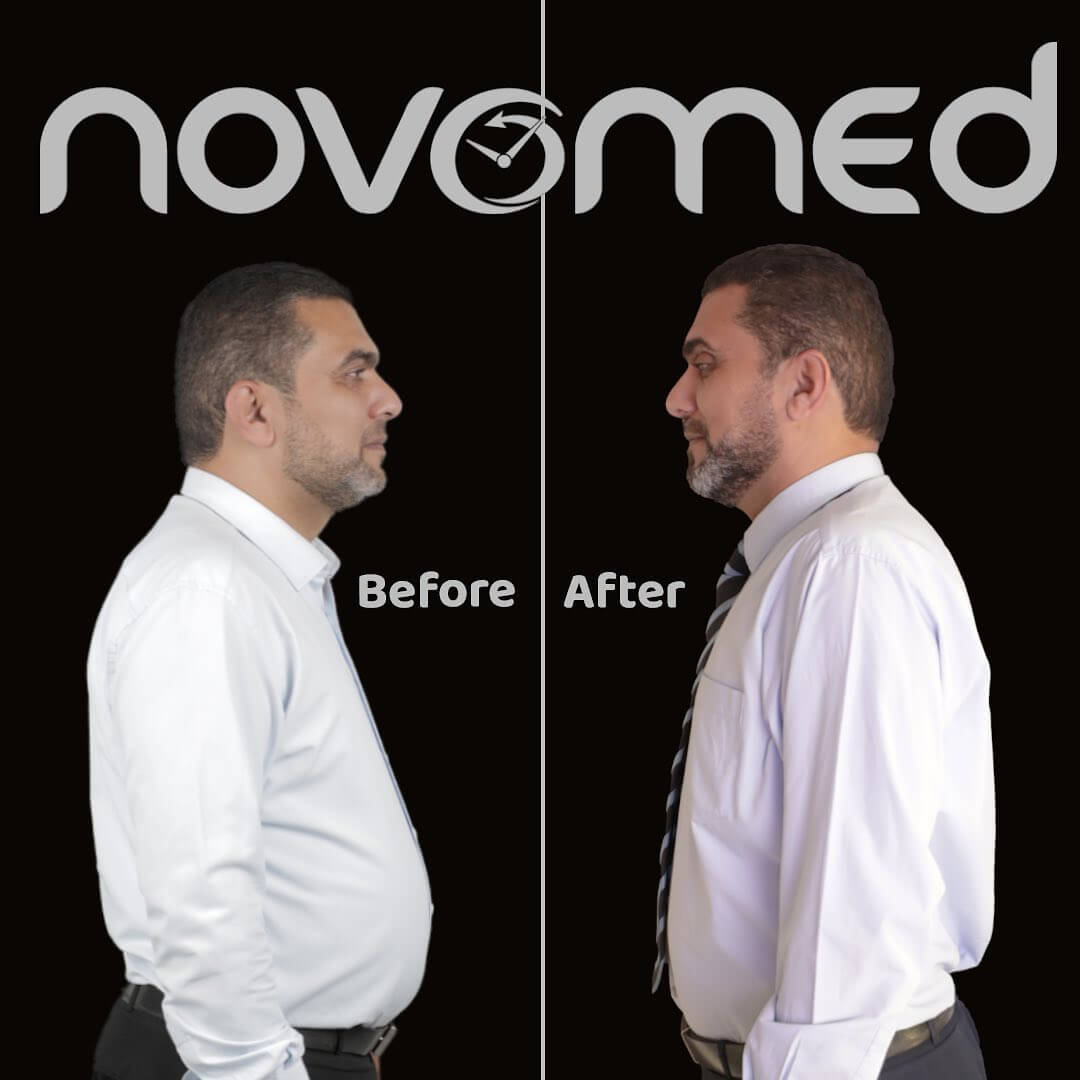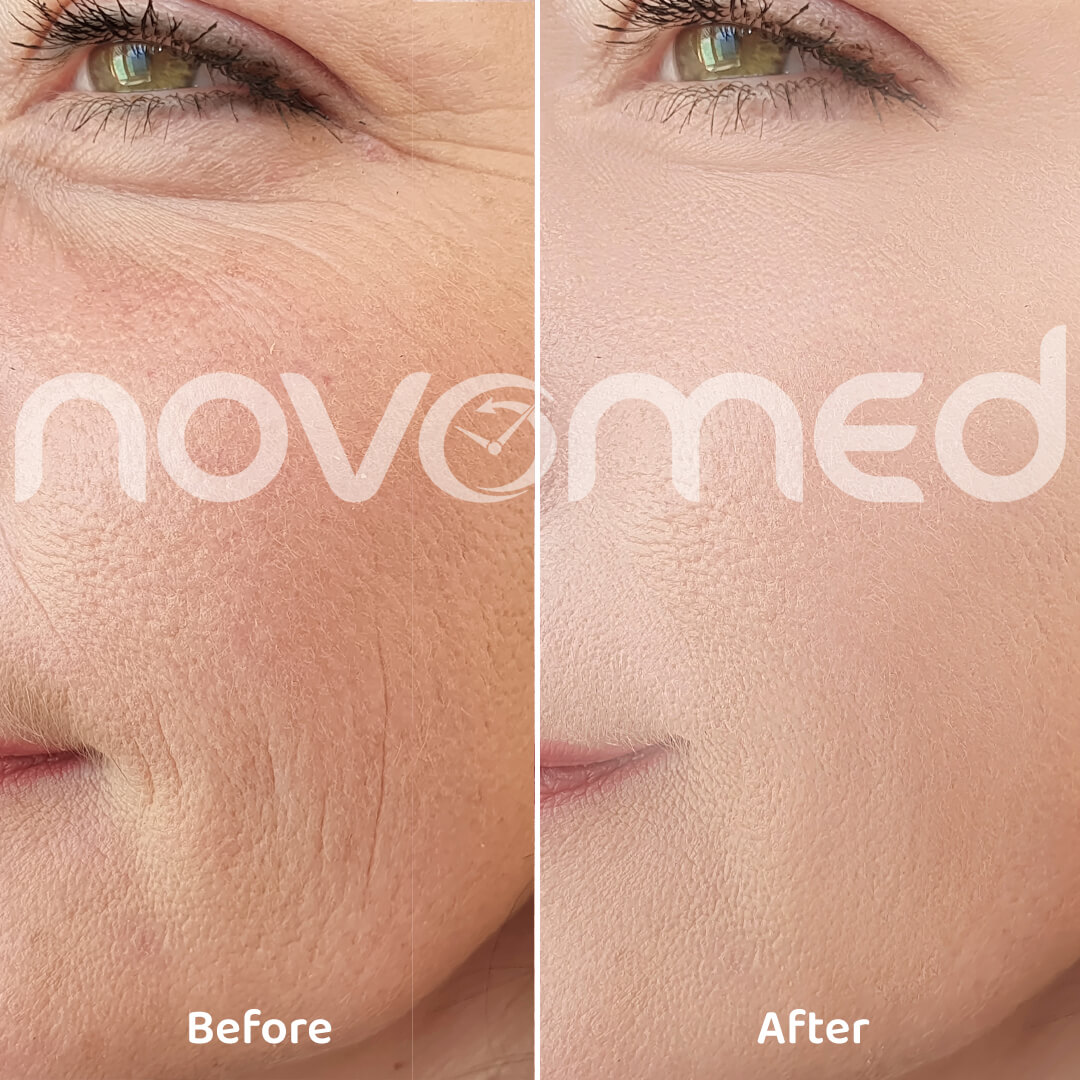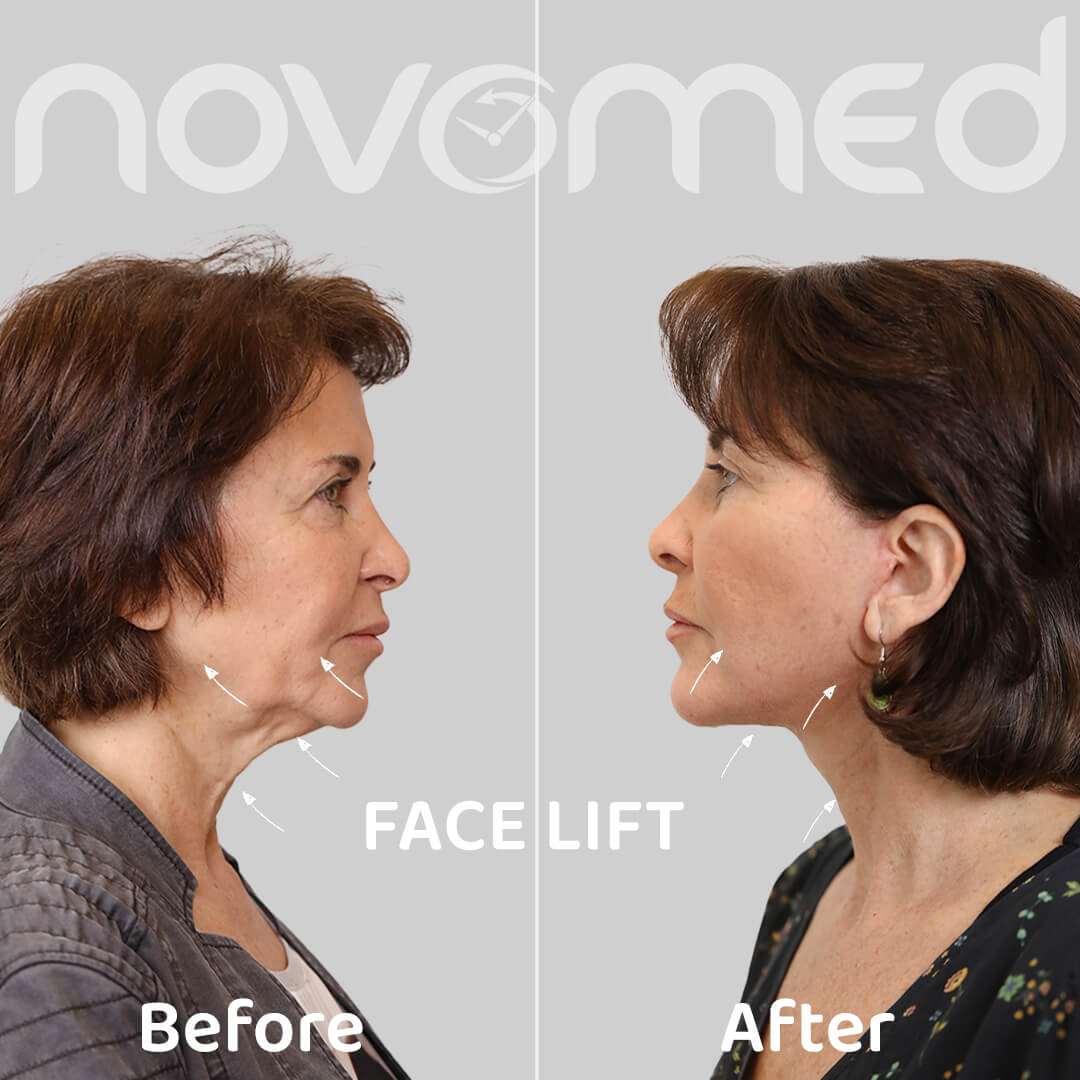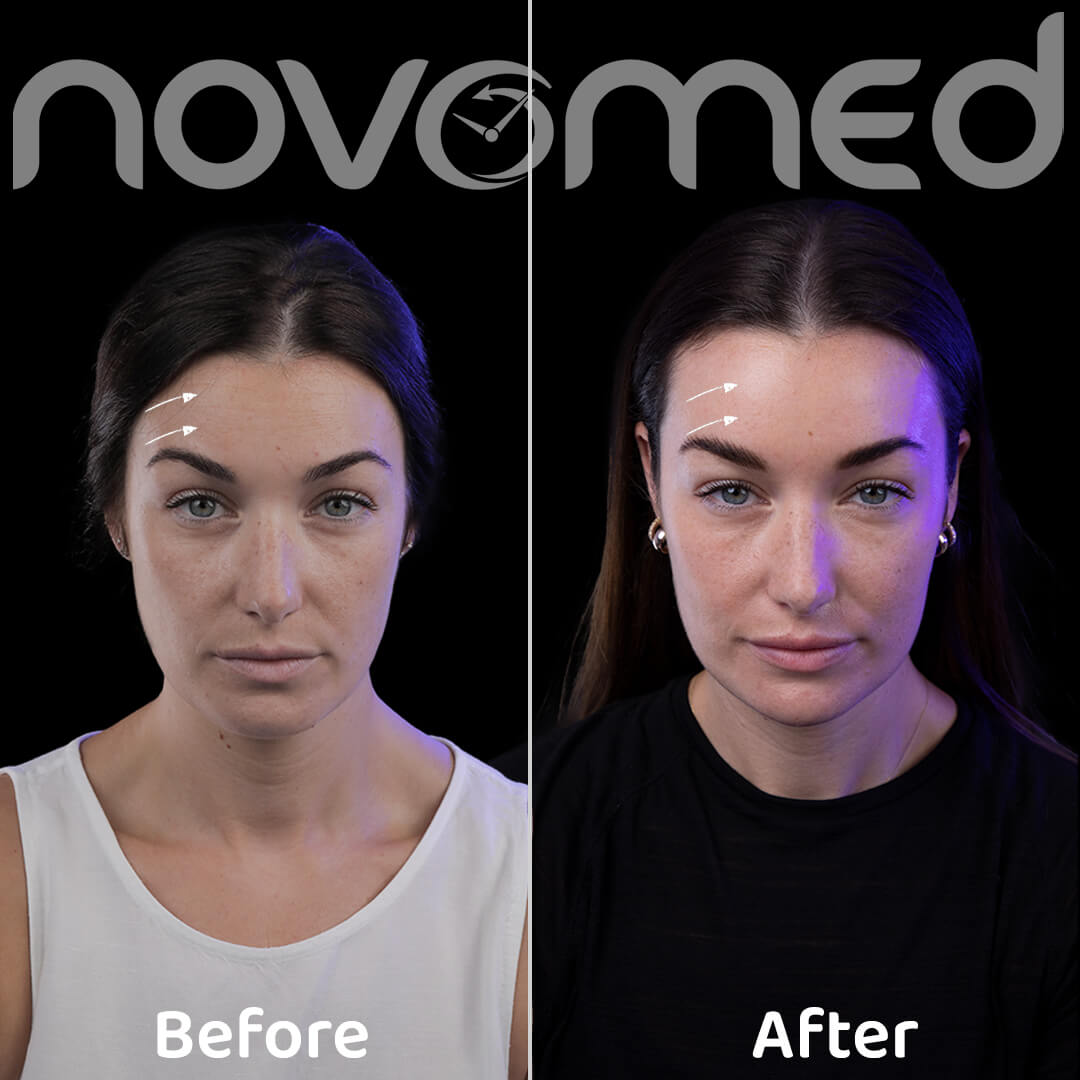Overview
A cataract is a clouding of the lens in the eye that is clear in its normal state. For people with cataracts, seeing through a cloudy lens is somewhat like looking out of a frozen or foggy window. Cloudy vision caused by cataracts may make reading or driving a car difficult (especially at night).
Most cataract cases develop gradually and do not cause blurry vision at an early stage. But over time, the cataract will eventually interfere with your vision.
Bright lighting and eyeglasses may help deal with cataracts at first. But if poor vision starts to interfere with your usual activities, you may need cataract surgery which is a safe and effective procedure.
What are the symptoms of cataracts?
Signs and symptoms of cataracts include the following:
- Blurry, clouded, or dim vision.
- Increased difficulty seeing at night.
- Sensitivity to light and glare.
- The need for brighter light for reading and other activities.
- Frequent changes to eyeglasses or contact lens prescriptions.
- Seeing halos around lights.
- Double vision in one eye.
- Fading or yellowing of colors.
At first, the clouded vision caused by a cataract may affect only a small portion of the lens, and you may not be aware of any vision loss. As the cataract increases, it clouds a large portion of the lens ad distorts the light passing through the lens. This may lead to more pronounced symptoms.
What are the types of cataracts?
- Cataracts that affect the center of the lens (nuclear cataract). A nuclear cataract may initially cause short-sightedness or even a temporary improvement in vision upon reading. But over time, the lens gradually turns dense yellow and then blurs vision.
- Cataracts that affect the edges of the lens (cortical cataracts). Cortical cataracts begin as blurred white wedge-shaped streaks on the outer edge of the lens cortex. Due to the slow development of streaks, they extend to the center and interfere with light passing through the center of the lens.
- Cataracts that affect the back of the lens (posterior subcapsular cataract). A posterior subcapsular cataract begins as a small dark area that usually forms near the back of the right lens in the light path. Posterior subcapsular cataract often interferes with your reading vision; This reduces visibility in bright light and causes dazzling or halos around light at night. These types of cataracts tend to develop faster than other types.
- Cataracts that exist since birth (congenital cataracts). Some are born with cataracts or develop the disease during childhood. These cataracts may be hereditary or related to intrauterine infection or injury.
How to diagnose cataracts?
Your doctor will review your medical history and symptoms and perform an eye exam. Your doctor may perform several tests, including:
- Visual acuity test. A visual acuity test uses a vision chart to measure your ability to see a series of letters. Each eye will be tested separately, while the other eye will be covered. Using the chart or a display with letters of different sizes, your doctor will determine if your vision is 20/20 or if your vision is showing signs of weakness.
- Slit-lamp examination. The slit lamp allows your ophthalmologist to examine the structures at the front of your eye under a magnifier. A microscope is called a slit lamp because it uses an intense line of light, the slit, to illuminate your cornea, iris, lens, and the space between your iris and the cornea. The incision allows your doctor to view these structures in small segments, making it easy to spot any minor abnormalities.
- Retina examination. To prepare for a retinal exam, your doctor will place a drop in your eyes to make your pupils dilate. This makes it easy to check the back of your eyes (retina). Using a slit lamp or special device called an ophthalmoscope, your eye doctor can examine your lens for signs of cataracts.
How to treat cataracts?
Cataract surgery is the only way to treat cataracts.
Cataract surgery involves removing the opaque lenses and replacing them with a clear artificial lens. Artificial lenses, called intraocular lenses, are placed in the same place as your natural lenses. And it remains a permanent part of your eyes.
For some people, other eye problems prevent the use of artificial lenses. In these cases, after removing the cataract, vision may be corrected with eyeglasses or contact lenses.
Cataract surgery is generally performed on an outpatient basis. This means you do not need to stay in the hospital after the surgery. During cataract surgery, your ophthalmologist uses a local anesthetic to numb the area around the eye, but you usually stay awake during the procedure.
Cataract surgery is generally safe, but there is a risk of infection and bleeding. Cataract surgery increases the risk of retinal detachment.
After the procedure, you will experience some discomfort and irritation for a few days. Full recovery occurs within eight weeks.
If you need cataract surgery in both eyes, your doctor will schedule surgery to remove cataracts in the other eye after you recover from your first eye surgery.
Book your appointment in Novomed today!
To know more about cataract surgery or to book a consultation with our experienced ophthalmologist, call us toll-free on 8006686, fill out the booking form, or click the live chat icon at the bottom of the screen.






